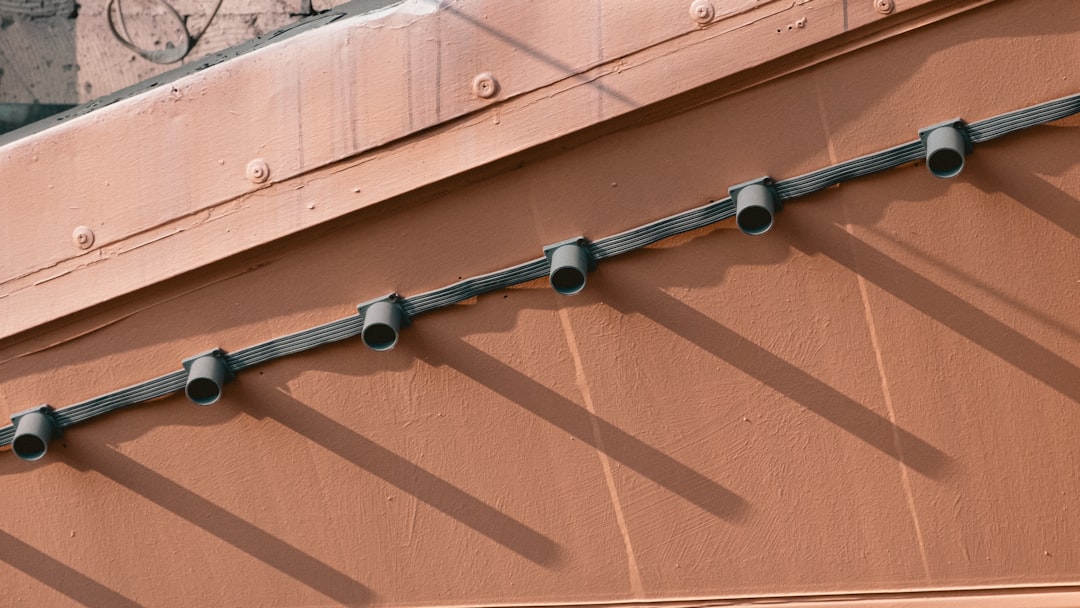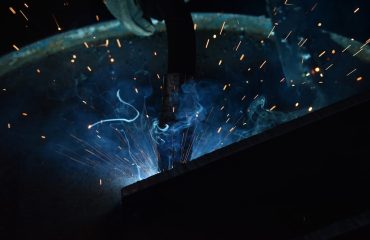Corrosion is a silent enemy, silently degrading pipelines and infrastructure, leading to costly repairs, disruptions, and even safety hazards. Choosing the right materials is crucial to mitigating these risks, and primer-coated pipes stand out as a robust and effective solution. This comprehensive guide dives deep into the world of primer-coated pipes, exploring their benefits, applications, and the science behind their superior corrosion resistance.
Understanding the Menace of Corrosion in Pipes
Corrosion in pipes is a complex electrochemical process where the metal reacts with its environment, leading to deterioration. This can manifest in various forms, including rust (oxidation), pitting, and general degradation. The consequences are significant: leaks, reduced flow capacity, structural weakening, and ultimately, pipe failure. Factors contributing to corrosion include the pipe material (typically steel), the soil composition (acidity, salinity), water chemistry (pH, dissolved oxygen), and the presence of microorganisms. The economic impact of corrosion is staggering, affecting industries from water management to oil and gas.
The Role of Primer Coatings in Corrosion Protection
Primer coatings act as the first line of defense against corrosion. Applied directly to the pipe’s surface before the topcoat (e.g., epoxy, polyurethane), the primer creates a barrier between the metal and the corrosive environment. This barrier prevents the penetration of moisture, oxygen, and other corrosive agents. A good primer promotes adhesion between the pipe’s surface and the topcoat, ensuring a robust and long-lasting protective system. The primer’s chemical composition is tailored to react with the pipe material, creating a strong bond and preventing underfilm corrosion.
Types of Primers Used for Pipe Coatings
Different primers cater to specific needs and pipe materials. Common types include:
- Epoxy primers: Known for their excellent adhesion, chemical resistance, and durability. They are widely used for various pipe applications.
- Zinc-rich primers: These primers contain a high percentage of zinc, which acts as a sacrificial anode, protecting the steel pipe from corrosion even if the topcoat is damaged. This cathodic protection is a key advantage.
- Acrylic primers: Offering good adhesion and flexibility, acrylic primers are often used in less aggressive environments.
- Polyurethane primers: These primers provide excellent chemical resistance and are suitable for harsh environments.
The choice of primer depends on factors such as the pipe material, the environment’s aggressiveness, and the required lifespan of the coating.
Application Methods for Primer Coatings on Pipes
Proper application is crucial for the effectiveness of the primer coating. Common methods include:
- Spray application: This method offers high efficiency and even coating thickness, especially for large-diameter pipes.
- Brush application: Suitable for smaller pipes and areas that are difficult to reach with spray equipment.
- Roller application: A cost-effective method, but may not provide as even a coating as spray application.
Surface preparation is critical before primer application. The pipe surface must be clean, dry, and free from rust, scale, or other contaminants. This often involves processes like blasting or wire brushing to achieve optimal surface profile for adhesion.
Benefits of Choosing Primer-Coated Pipes
Investing in primer-coated pipes offers numerous advantages:
- Extended lifespan: The protective coating significantly extends the pipe’s service life, reducing the frequency and cost of replacements.
- Reduced maintenance costs: By preventing corrosion, primer-coated pipes minimize the need for costly repairs and maintenance.
- Improved safety: Corrosion can lead to leaks and pipe failures, posing safety risks. Primer-coated pipes mitigate these risks.
- Environmental benefits: Reduced corrosion means less material waste and reduced environmental impact.
- Cost-effectiveness in the long run: While the initial cost may be slightly higher than uncoated pipes, the long-term savings in maintenance and replacement far outweigh this.
Ultimately, the decision to use primer-coated pipes is a strategic investment in the longevity and reliability of your infrastructure.
Choosing the right primer-coated pipes requires careful consideration of the specific application and environmental factors. Consulting with experienced professionals can ensure that you select the optimal solution for your needs.




